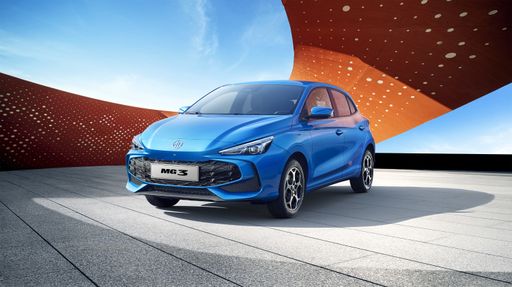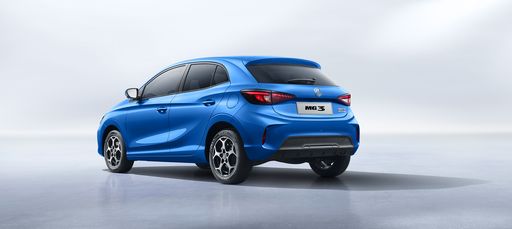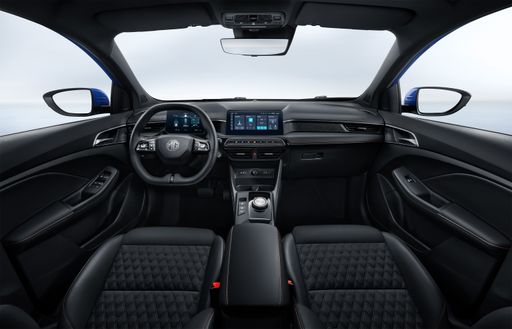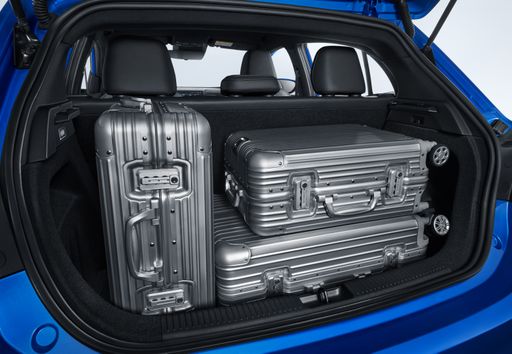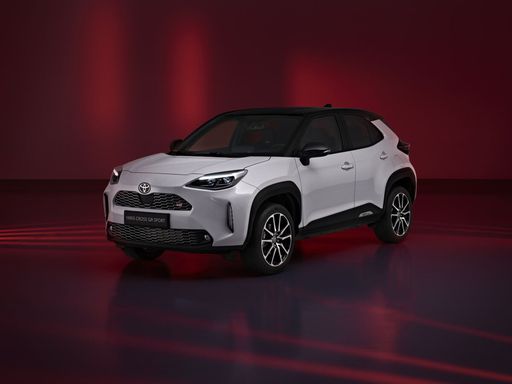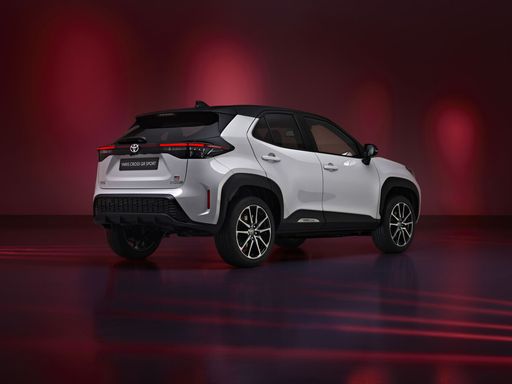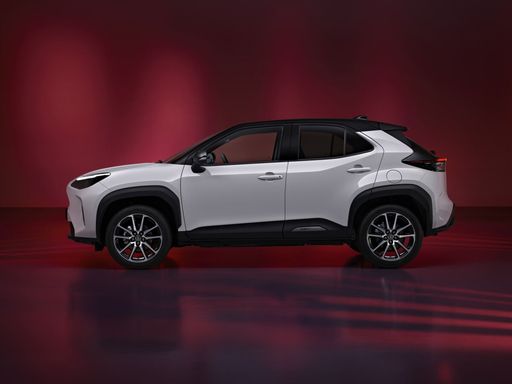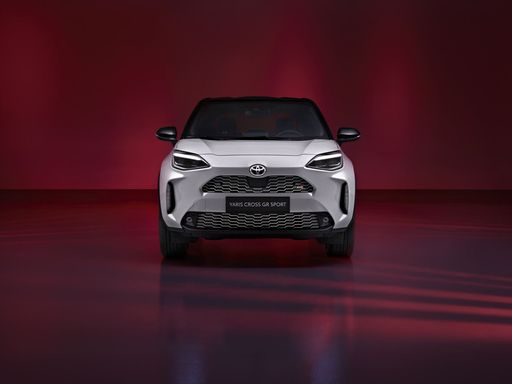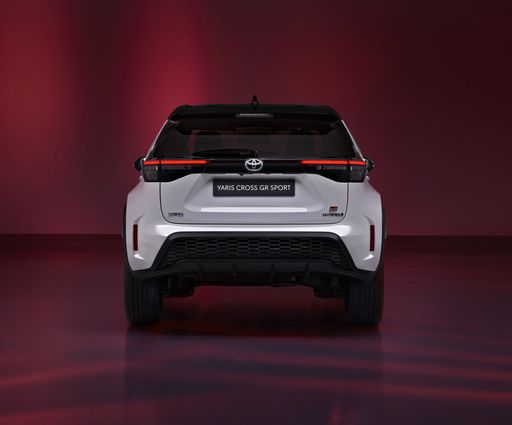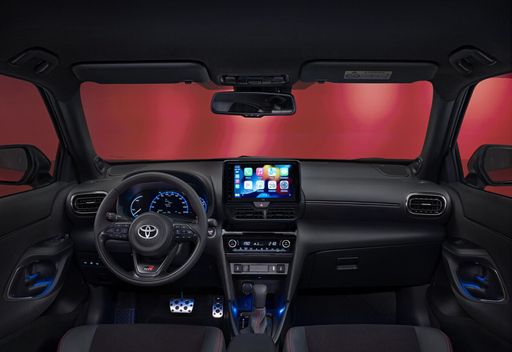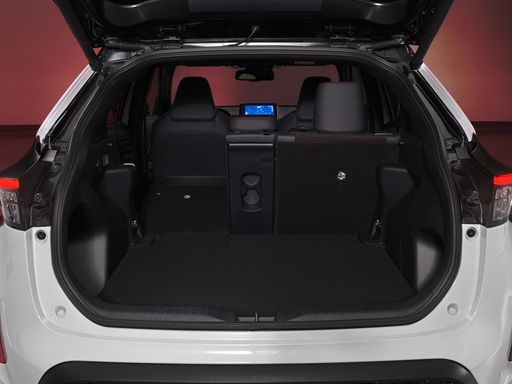The Great Hatchback vs SUV Showdown: MG MG3 vs Toyota Yaris Cross
In the ever-evolving automotive market, two models are garnering attention for their blend of performance, practicality, and innovation: the MG MG3 and the Toyota Yaris Cross. This comparison delves into the technical specifications, innovations, and overall value these two vehicles offer to potential buyers.

